Take a look at the picture. It’s 1933, the pit of the Great Depression, yet the men photographed at the relief office are wearing coats and ties, the woman a fashionable hat and heels. Go online and look up photographs of men and women of all classes between 1900 and 1960, and you generally find everyone attempting to look their best when appearing in public. Sure, you’ll see workers dressed in ragged pants and dirty shirts, farmers wearing overalls, and poor women wearing burlap dresses. But even these people, when off the job, away from the farm or factory and out in public, made an effort to dress up rather than down. An example: when I was about ten and living in Boonville, North Carolina—population around six hundred in 1962—my mother once told me that no woman in town would dare go out in public wearing curlers in her hair. It just wasn’t done.
Now flash forward eight decades. Take a clipboard, some paper, and a pen, go sit on a bench outside of your local mall or WalMart, or find a comfortable spot downtown, and make a tally of the passersby. Rate them according to their dress and appearance. I would suggest a five-tier system: Excellent, Good, Fair, Poor, and You’re Kidding Me, Right. I doubt whether the results will surprise you.
As my friends and family will tell you, I am probably one of the last people in the country to dare critique the dress of my fellow citizens. My pants tend to be stained, too large, and baggy, my shirts wrinkled and for the most part unremarkable, my shoes, especially the brown ones, scuffed. I rarely wear a sports coat and even more rarely a tie. I am often unshaven, my fingers could use a week’s vacation in a nail salon, and my hair is unkempt.
Nonetheless, I am going to risk saying something offensive. America has become a nation of slobs.
I
f you doubt me, visit any WalMart in the country. WalMart is a public forum—that is, when you enter the premises, you are no longer in your bedroom or kitchen. Yet what do we find when when we step inside this vast emporium? We see the ubiquitous blue jeans, which comes close to being an American uniform. We see shoppers from teens to the doddering elderly dressed in gym attire, some of them even in pajamas. We see ten-year-old girls dressed like hookers and middle-aged men and women dressed like teenagers. We see grown men wearing their ball caps backwards. We see some people wearing pajama bottoms and others who look as rumpled and unkempt if they have just gone dumpster diving. We see folks attired as if they shopped a Goodwill store while blindfolded.
Perhaps my comparison is unfair. Perhaps WalMart offers a poor hunting ground for the well attired. So let’s head downtown. Suppose we could transport through time a couple from Asheville circa. 1925, plop them down in late June of 2017 at a table outside of Asheville’s Grover Arcade, and offer them a bottle of fizzy to quench their thirst. What would our time travelers see as they enjoyed their Korbel?
They would see tattooed women who in 1925 might have appeared in a circus sideshow. They would see big-bellied men, young and old, wearing t-shirts that leave an inch of white, hairy gut between the hem of the t-shirt and the top of their cargo shorts. Our couple from the Roaring Twenties would see tourists shambling along the sidewalks looking half-dressed, sleeveless tank tops for the women and t-shirts bearing a logo, sometimes obscene, for the men. They would see not only girls and women with piercings in their lips, tongues, ears, and cheeks, but men sporting similar gaudy ornamentation. Maybe ten percent of male pedestrians might wear a coat or tie. A slightly higher fraction of females might dazzle with their summer dresses.
And our visitors from a century ago? What might they think? Were they witnessing some bizarre sidewalk parade? Were they on a different planet, set down in a place like the Mos Eisley Cantina in Star Wars? Had they been deposited into some open-air lunatic asylum?
Once, several years ago when I was a teacher, I was grading some student papers at Barnes and Noble in Asheville. After sitting for a long time, I got up to stretch my legs, roam the store, and peruse some books. While browsing the shelves, I saw a policeman standing at the top of the store’s escalator. I have no idea why he was in Barnes and Noble on a Friday afternoon, but his appearance bowled me over. He looked every ounce the cop he was, perfectly outfitted in his uniform, shoes polished, a razor-sharp crease to his trousers, his shirt in a military tuck, a big man standing tall and proud. His look was so impressive and so distinct from that of the store patrons that I emailed a complimentary message to the Asheville Chief of Police, praising the officer. The Chief later emailed back that the Police Department strongly encouraged all their officers to “look their best.”
There it was, a message for me and for many others: to look our best.
Much of the time, I forget that message. Tomorrow, however, I plan to depart my apartment early in the morning and go to work on some various projects, first in a coffee shop I often visit and then a public library. When I leave the house, I plan to wear khaki trousers with a crease to the pants, a relatively unwrinkled shirt, polished brown shoes, and a white sports jacket.
It’s not The Great Gatsby, but it’s a start.
As my friends and family will tell you, I am probably one of the last people in the country to dare critique the dress of my fellow citizens. My pants tend to be stained, too large, and baggy, my shirts wrinkled and for the most part unremarkable, my shoes, especially the brown ones, scuffed. I rarely wear a sports coat and even more rarely a tie. I am often unshaven, my fingers could use a week’s vacation in a nail salon, and my hair is unkempt.
Nonetheless, I am going to risk saying something offensive. America has become a nation of slobs.
I
f you doubt me, visit any WalMart in the country. WalMart is a public forum—that is, when you enter the premises, you are no longer in your bedroom or kitchen. Yet what do we find when when we step inside this vast emporium? We see the ubiquitous blue jeans, which comes close to being an American uniform. We see shoppers from teens to the doddering elderly dressed in gym attire, some of them even in pajamas. We see ten-year-old girls dressed like hookers and middle-aged men and women dressed like teenagers. We see grown men wearing their ball caps backwards. We see some people wearing pajama bottoms and others who look as rumpled and unkempt if they have just gone dumpster diving. We see folks attired as if they shopped a Goodwill store while blindfolded.
Perhaps my comparison is unfair. Perhaps WalMart offers a poor hunting ground for the well attired. So let’s head downtown. Suppose we could transport through time a couple from Asheville circa. 1925, plop them down in late June of 2017 at a table outside of Asheville’s Grover Arcade, and offer them a bottle of fizzy to quench their thirst. What would our time travelers see as they enjoyed their Korbel?
They would see tattooed women who in 1925 might have appeared in a circus sideshow. They would see big-bellied men, young and old, wearing t-shirts that leave an inch of white, hairy gut between the hem of the t-shirt and the top of their cargo shorts. Our couple from the Roaring Twenties would see tourists shambling along the sidewalks looking half-dressed, sleeveless tank tops for the women and t-shirts bearing a logo, sometimes obscene, for the men. They would see not only girls and women with piercings in their lips, tongues, ears, and cheeks, but men sporting similar gaudy ornamentation. Maybe ten percent of male pedestrians might wear a coat or tie. A slightly higher fraction of females might dazzle with their summer dresses.
And our visitors from a century ago? What might they think? Were they witnessing some bizarre sidewalk parade? Were they on a different planet, set down in a place like the Mos Eisley Cantina in Star Wars? Had they been deposited into some open-air lunatic asylum?
Once, several years ago when I was a teacher, I was grading some student papers at Barnes and Noble in Asheville. After sitting for a long time, I got up to stretch my legs, roam the store, and peruse some books. While browsing the shelves, I saw a policeman standing at the top of the store’s escalator. I have no idea why he was in Barnes and Noble on a Friday afternoon, but his appearance bowled me over. He looked every ounce the cop he was, perfectly outfitted in his uniform, shoes polished, a razor-sharp crease to his trousers, his shirt in a military tuck, a big man standing tall and proud. His look was so impressive and so distinct from that of the store patrons that I emailed a complimentary message to the Asheville Chief of Police, praising the officer. The Chief later emailed back that the Police Department strongly encouraged all their officers to “look their best.”
There it was, a message for me and for many others: to look our best.
Much of the time, I forget that message. Tomorrow, however, I plan to depart my apartment early in the morning and go to work on some various projects, first in a coffee shop I often visit and then a public library. When I leave the house, I plan to wear khaki trousers with a crease to the pants, a relatively unwrinkled shirt, polished brown shoes, and a white sports jacket.
It’s not The Great Gatsby, but it’s a start.
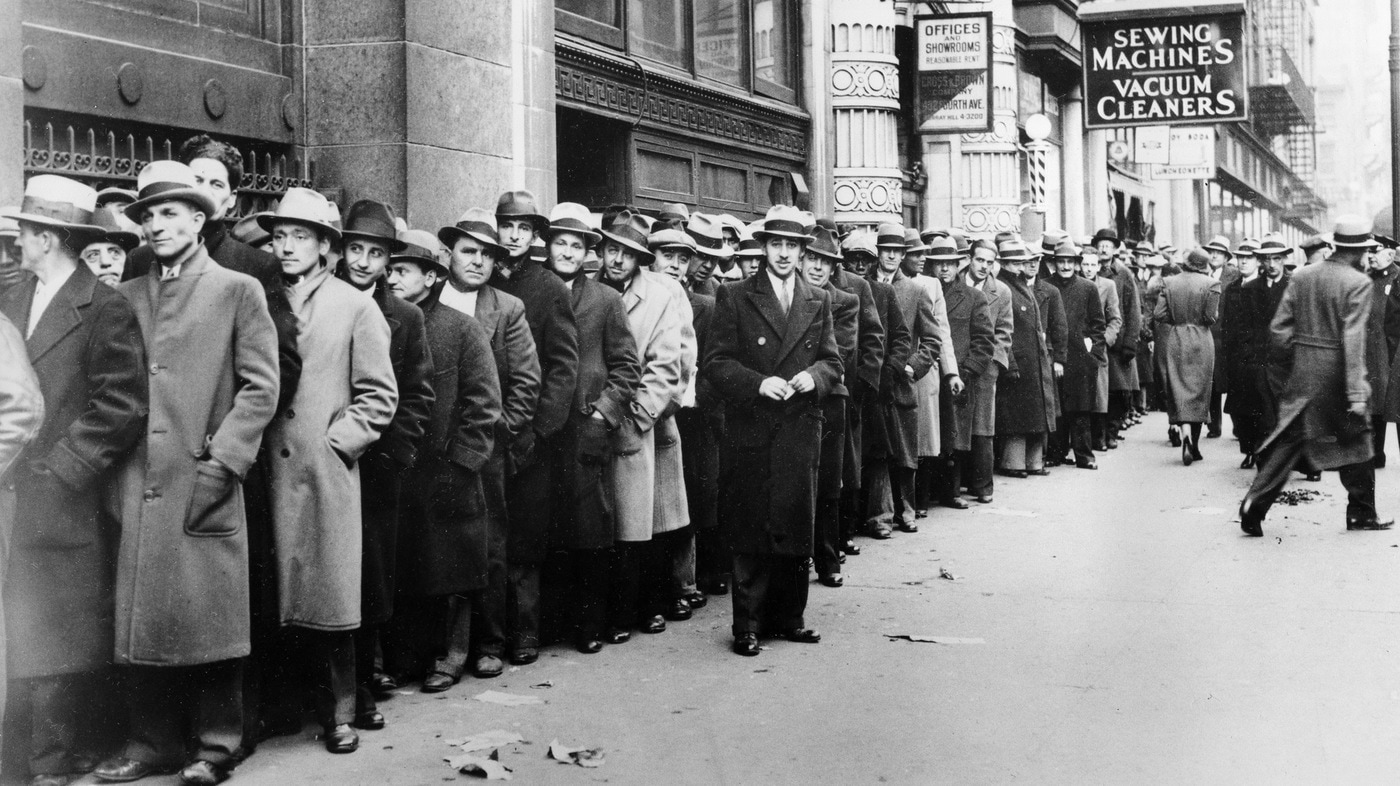
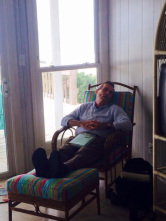
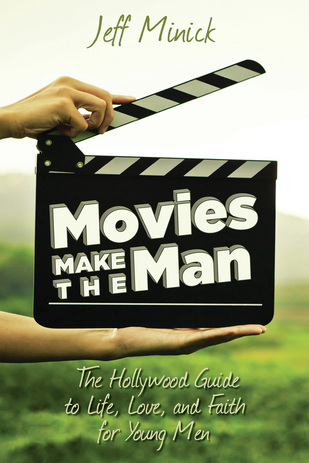
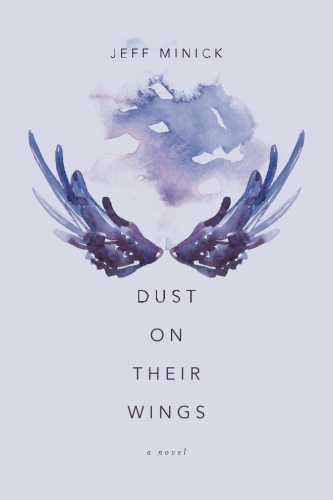

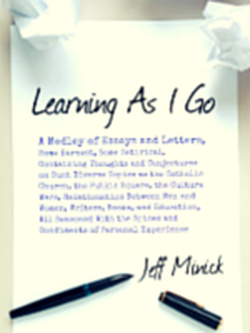
 RSS Feed
RSS Feed